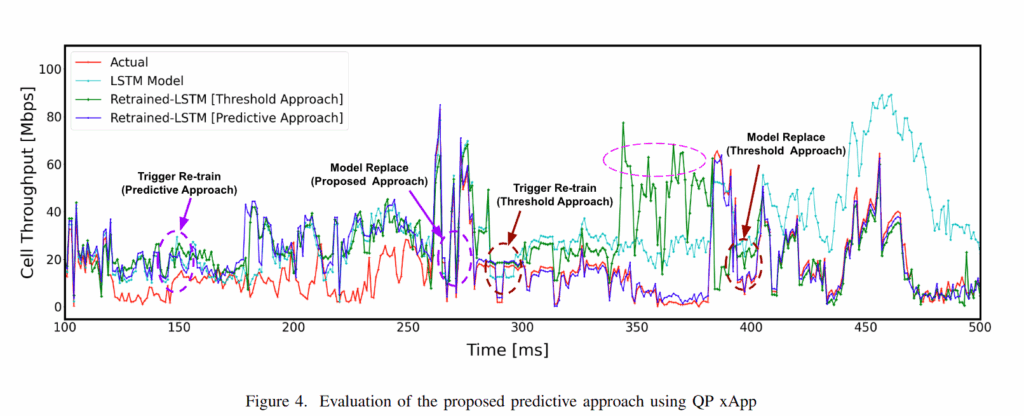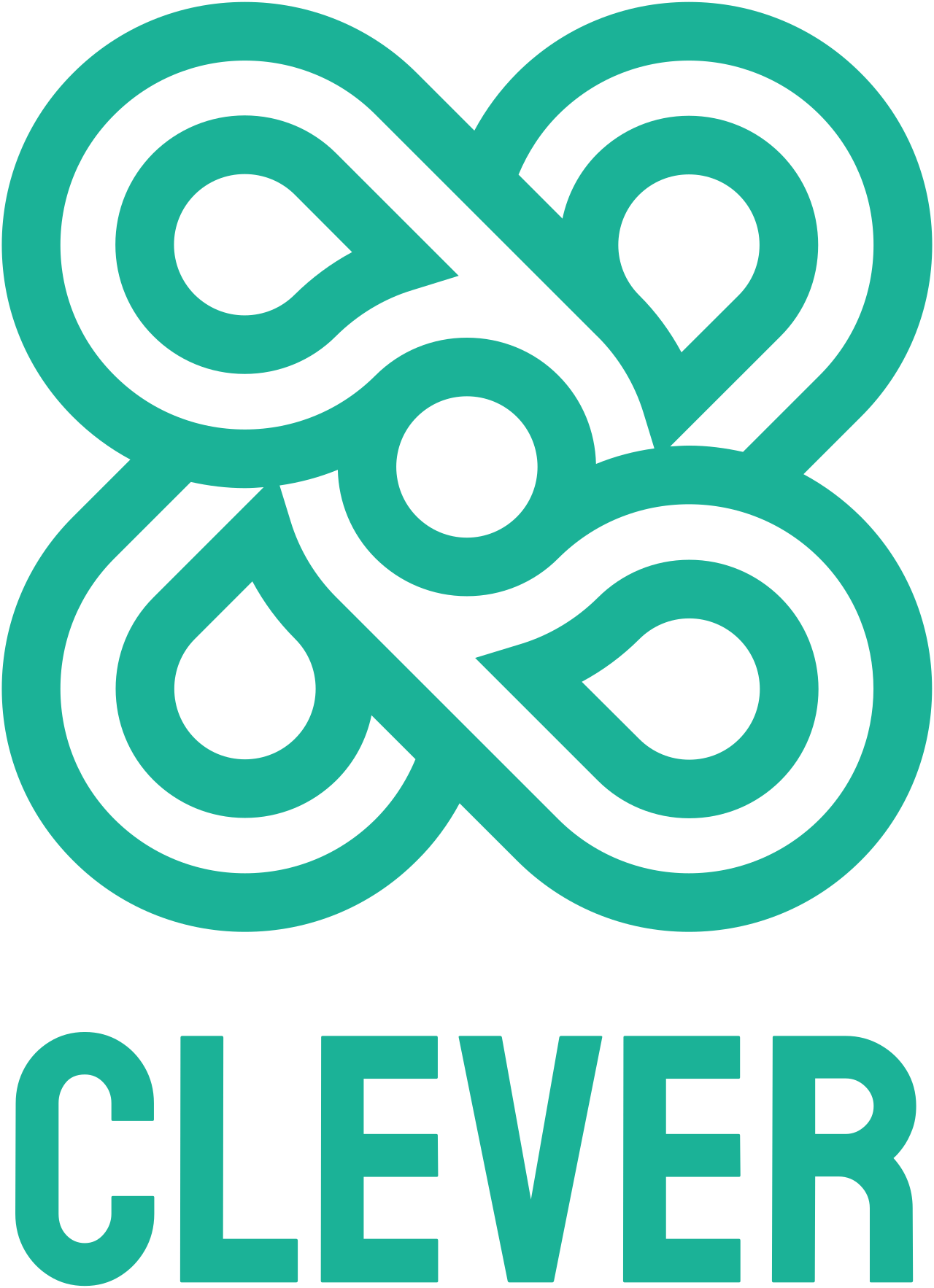As Beyond 5G (B5G) networks evolve toward zero-touch automation, one critical question emerges:
When should AI/ML models be retrained to keep up with dynamic traffic and avoid SLA violations?
🚨 The CLEVER Project introduces a predictive retraining approach—using unsupervised learning to decide when to retrain AI/ML models deployed in Open RAN (O-RAN) systems. The goal: boost performance, avoid wasteful computation, and ensure always-on SLA compliance.
Traditional threshold or periodic retraining often results in overprovisioning, missed SLAs, or wasted resources.
Our new method anticipates the need to retrain, based on real-time user traffic shifts—before things go wrong.
Implemented on the Open RAN Software Community (OSC) platform, this approach seamlessly integrates with Non-RT and Near-RT RICs.
Key results:
✔️ Predictive approach retrains 110ms earlier than threshold method
✔️ Reduces SLA violations & improves resource efficiency
✔️ Achieves 99% accuracy with Local Outlier Factor (LOF) classifier
✔️ Real-time retraining pipeline using LSTM models & Kubernetes-based RAN xApps
Live System Testbed:
Here’s a snapshot of the QoS Prediction xApp running in Near-RT RIC during live tests 👇

🌐 Discover how CLEVER is enabling intelligent, adaptive, and proactive 6G networking: https://www.cleverproject.eu
Read the full paper from here: https://zenodo.org/records/11045683
